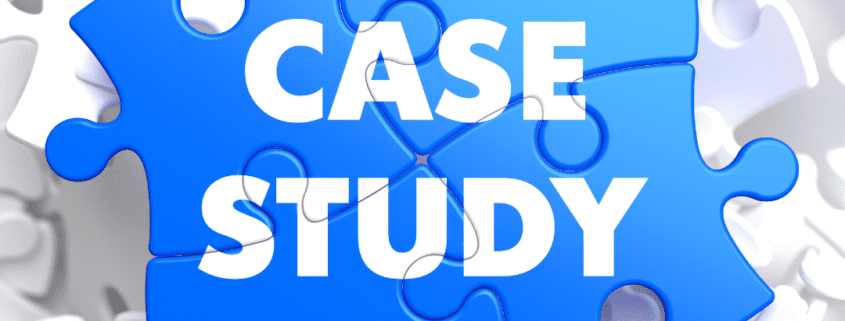Case Study: Automating HR Processes with Power Platform
Automate Your HR Processes and Breathe Life into Your Business
Imagine a world where HR processes flow effortlessly, where paperwork is banished to the digital abyss, and valuable time is freed up for strategic initiatives.
This world is closer than you think. Enter the Power Platform – a low-code solution unlocking the door to HR automation and unleashing the full potential of your organization.
Common Challenges in HR Processes:
- Manual and Paper-based Processes: Repetitive tasks like document handling, approvals, and data entry consume valuable time and resources.
- Lack of Visibility and Tracking: The absence of a centralized system makes it difficult to track the status of HR requests and processes, hindering progress and decision-making.
- Data Inaccuracy: Manual data entry is prone to errors, leading to inaccurate information and potential compliance issues.
- Limited Scalability: Traditional systems struggle to adapt to evolving business needs and growing organizations.
How Power Platform Can Help
The Microsoft Power Platform is a game-changer for HR automation. It empowers businesses to build custom applications and automate workflows without extensive programming skills. This low-code platform offers several benefits, including:
- Rapid Development: Quickly build and deploy custom applications tailored to your specific HR needs.
- Simplified Automation: Automate repetitive tasks and manual processes, freeing up HR personnel for strategic initiatives.
- Enhanced Visibility: Gain real-time insights into HR processes through interactive dashboards and reports.
- Improved Data Accuracy: Minimize data entry errors with automated workflows and data validation rules.
- Increased Scalability: Easily adapt and expand your HR solutions as your business grows.
Process Automation Samples
- Manpower Requisition: Automate the entire recruitment process, from job posting and candidate screening to interview scheduling and offer generation.
- The Power App allows managers to submit new requisitions, specify job details, and track the progress of each position.
- Onboarding Solution: Streamline the onboarding process for new hires with automated document collection, training assignments, and role-based access provisioning.
- New employees can easily access and complete onboarding tasks, reducing paperwork and facilitating a smooth transition.
- Offboarding Solution: Simplify the offboarding process with automated workflows for termination formalities, asset return, and final payment processing.
- The offboarding solution ensures a smooth and compliant exit process for departing employees.
Benefits of Low-Code Development
- Faster Implementation: Build and deploy applications quickly with drag-and-drop functionality and pre-built templates.
- Reduced Costs: Eliminate the need for expensive coding resources and custom development projects.
- Empowered Employees: Citizen developers within your organization can build applications that address specific needs.
- Greater Agility: Easily adapt your HR solutions to evolving business requirements and market trends.
Conclusion
By leveraging the power of Power Platform, organizations can automate their HR processes and achieve significant benefits. Improved efficiency, enhanced data accuracy, reduced costs, and a better employee experience are just a few of the advantages that low-code development can offer. Whether you’re looking to streamline specific HR functions or embark on a comprehensive digital transformation, Power Platform provides a flexible and scalable solution to meet your needs.
You May Also Like
What Is Microsoft Power Platform ?
Powering Ahead – What to Expect from Microsoft Power Platform in 2023’s Release Wave 1








